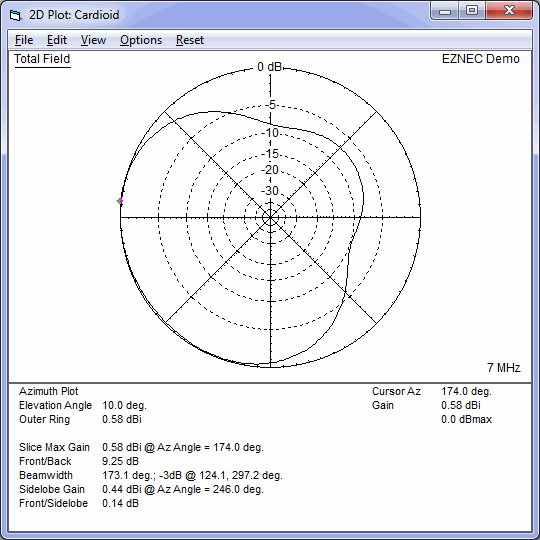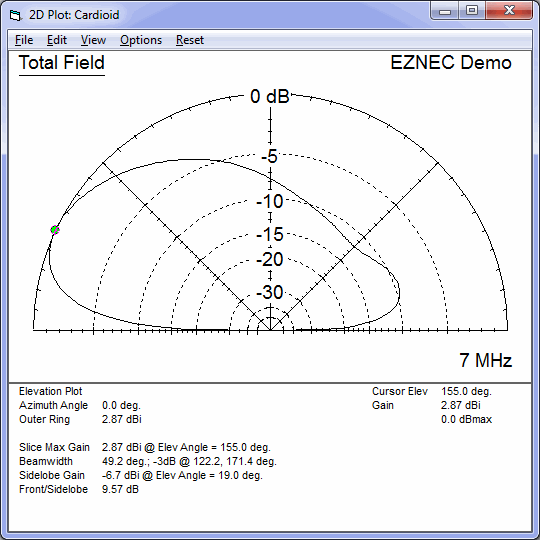AREG’s next meeting is this coming Friday the 15th September at the Reedbeds Community Hall, Phelps Court Fulham, doors opening at 7:45 pm.
This coming meeting will be another in AREG’s Amateur Radio Beginners Series and the topic for this evening will be, Power Supplies.
 Matthew, VK5ZM, will take people through the basics of power supplies, what their characteristics are and what do people need to look out for when selecting a power supply for Amateur Radio use. He will also discuss the pros and cons of Linear vs Switchmode and what makes a good or bad power supply.
Matthew, VK5ZM, will take people through the basics of power supplies, what their characteristics are and what do people need to look out for when selecting a power supply for Amateur Radio use. He will also discuss the pros and cons of Linear vs Switchmode and what makes a good or bad power supply.
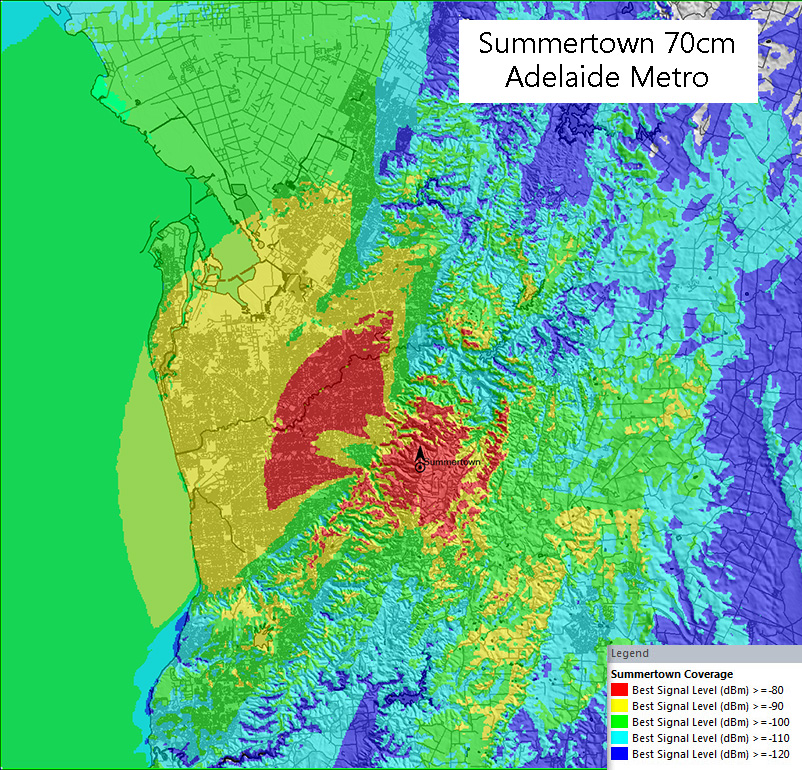 AREG Repeater News:
AREG Repeater News:
We have noticed that VK5RSB 70cm appears to be dropping coverage. Our fault investigation team will take a look at our earliest opportunity but we suspect a problem with the antenna feeder or connectors. Also the VK5RWN D-STAR repeater is suffering from reduced performance due to mechanical issues with the antenna mounts. Plans are well underway to make repairs at both sites, which we hope will be completed in October.
Contesting news:
 AREG is again making plans to mount a portable DX Contest Station for the Oceania DX Contest in October. This will be a QRO Multi-Multi station this year operating from a new site north of Adelaide. We hope to see other VK5’s get involved in this contest this year too, as it is your one opportunity to have the DX stations around the world pointing their antennas our way looking for us! The OCDX SSB contest is being held on the weekend of October 7th and 8th.
AREG is again making plans to mount a portable DX Contest Station for the Oceania DX Contest in October. This will be a QRO Multi-Multi station this year operating from a new site north of Adelaide. We hope to see other VK5’s get involved in this contest this year too, as it is your one opportunity to have the DX stations around the world pointing their antennas our way looking for us! The OCDX SSB contest is being held on the weekend of October 7th and 8th.
In DX News:
 AREG wishes Grant VK5GR good luck in his activation of Niue starting next week. Grant should be heard across VK signing as E6AG, Echo 6 Alpha Golf, from September 14th through until September 25th on most HF bands. So keep a lookout for Grant and Grant, goodluck with your operations.
AREG wishes Grant VK5GR good luck in his activation of Niue starting next week. Grant should be heard across VK signing as E6AG, Echo 6 Alpha Golf, from September 14th through until September 25th on most HF bands. So keep a lookout for Grant and Grant, goodluck with your operations.
2017/18 Subscriptions now Due
Finally, all AREG members should note that their subscriptions are due for 2017/18. It is a great time to be a member of AREG and this year will be big, with the club turning 20 years old next July – who would have thought! Look out for some special activities throughout 2018 marking the occasion.
So remember folks, come along to AREG’s next meeting, it is this coming Friday evening, everyone is most welcome.
After the formal events, a light supper of tea, coffee and cake will be available whilst you can mingle, review and discuss the topics of the day.
[wpgmza id=”5″]
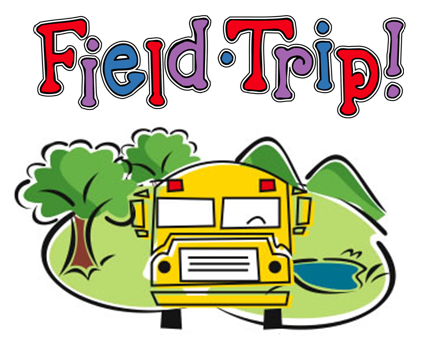 The November meeting of the Amateur Radio Experimenters Group will be a technology site visit. This means that the normal meeting at the Fulham Community Centre will not be run this month.
The November meeting of the Amateur Radio Experimenters Group will be a technology site visit. This means that the normal meeting at the Fulham Community Centre will not be run this month.

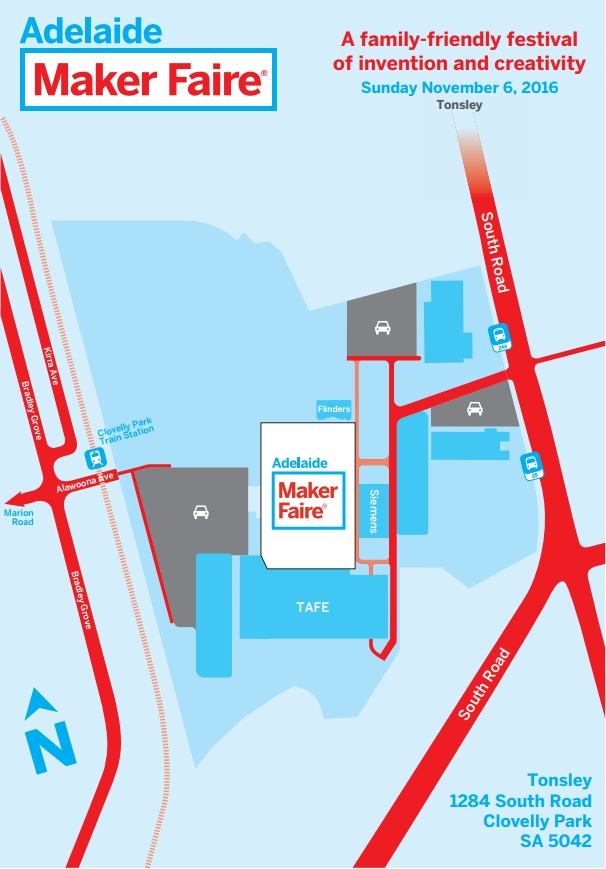
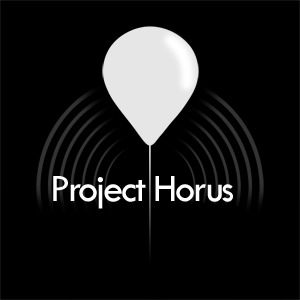







 Matthew, VK5ZM, will take people through the basics of power supplies, what their characteristics are and what do people need to look out for when selecting a power supply for Amateur Radio use. He will also discuss the pros and cons of Linear vs Switchmode and what makes a good or bad power supply.
Matthew, VK5ZM, will take people through the basics of power supplies, what their characteristics are and what do people need to look out for when selecting a power supply for Amateur Radio use. He will also discuss the pros and cons of Linear vs Switchmode and what makes a good or bad power supply. AREG Repeater News:
AREG Repeater News: AREG wishes Grant VK5GR good luck in his activation of Niue starting next week. Grant should be heard across VK signing as E6AG, Echo 6 Alpha Golf, from September 14th through until September 25th on most HF bands. So keep a lookout for Grant and Grant, goodluck with your operations.
AREG wishes Grant VK5GR good luck in his activation of Niue starting next week. Grant should be heard across VK signing as E6AG, Echo 6 Alpha Golf, from September 14th through until September 25th on most HF bands. So keep a lookout for Grant and Grant, goodluck with your operations.
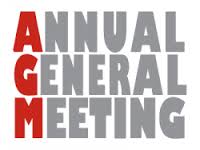
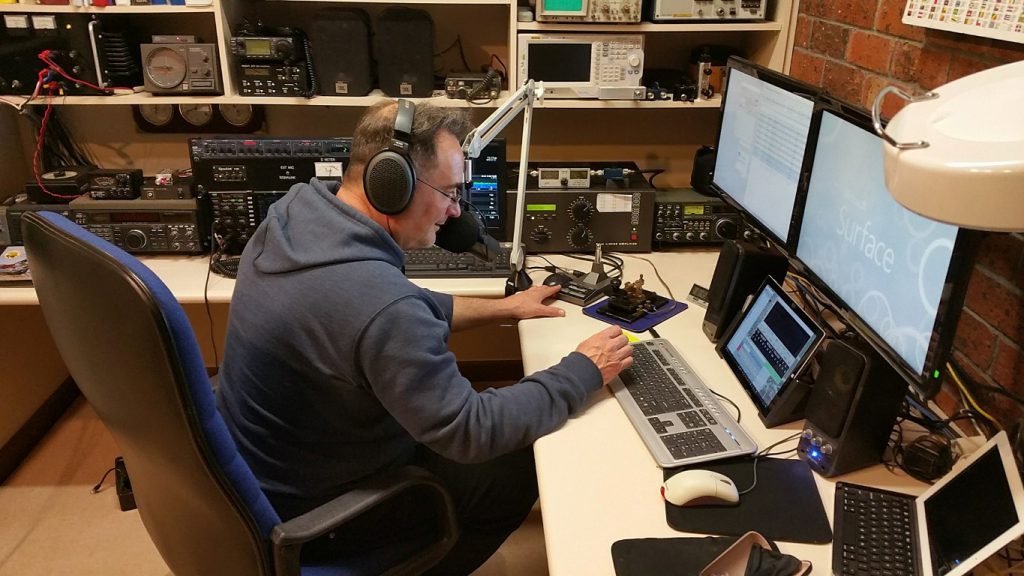









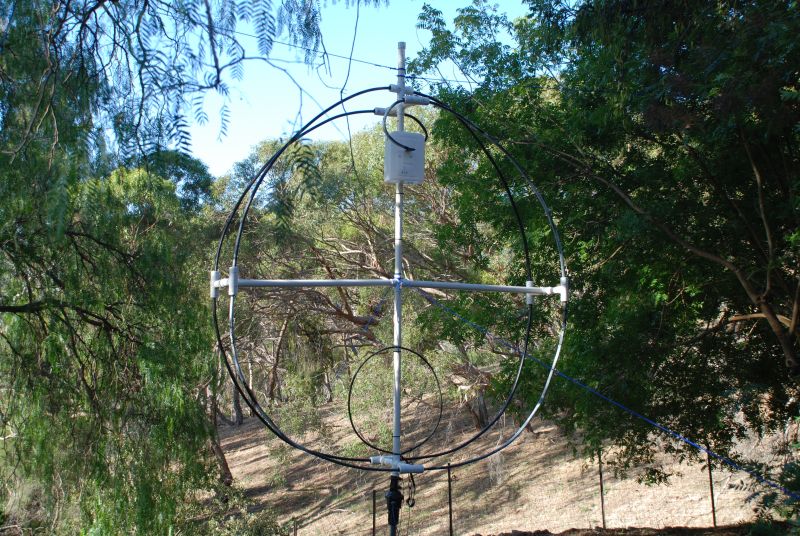
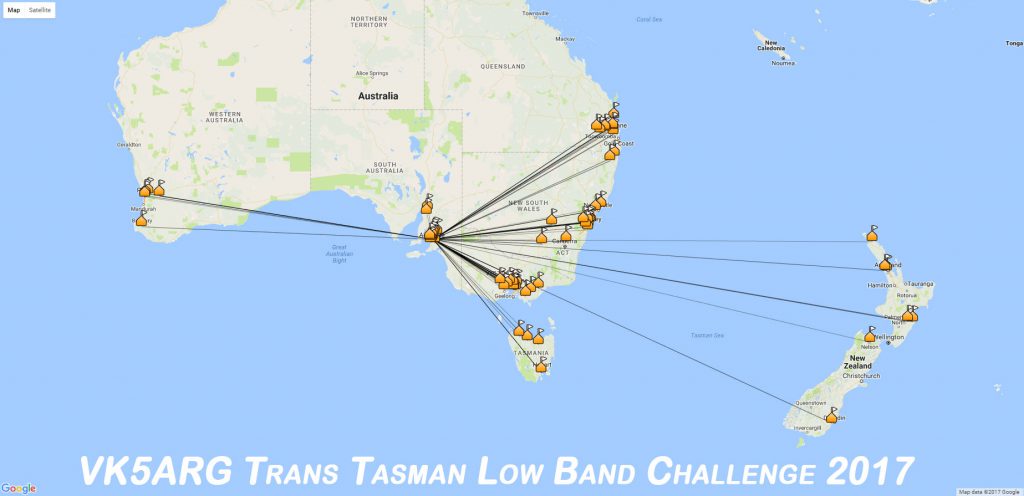
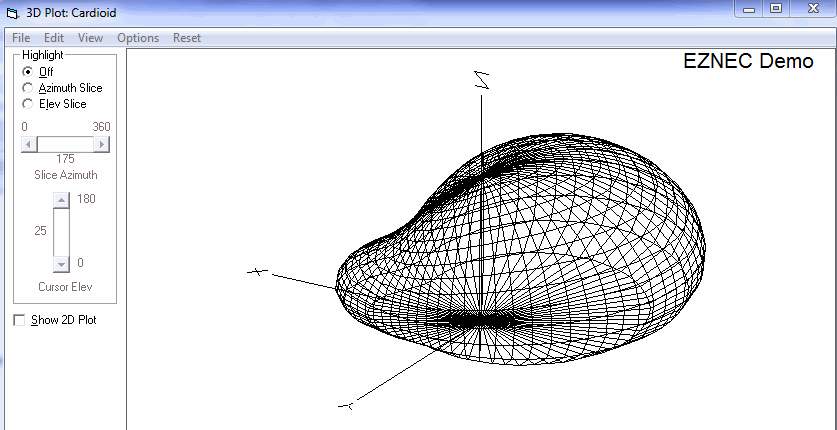 The next AREG meeting will be held on Friday 21st July, starting at 7.45pm at the Reedbeds Community Centre, Fulham.
The next AREG meeting will be held on Friday 21st July, starting at 7.45pm at the Reedbeds Community Centre, Fulham.